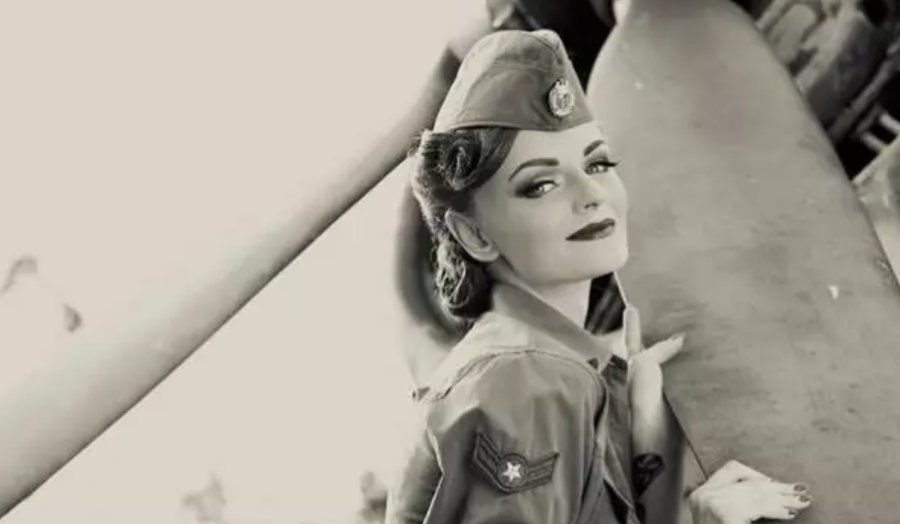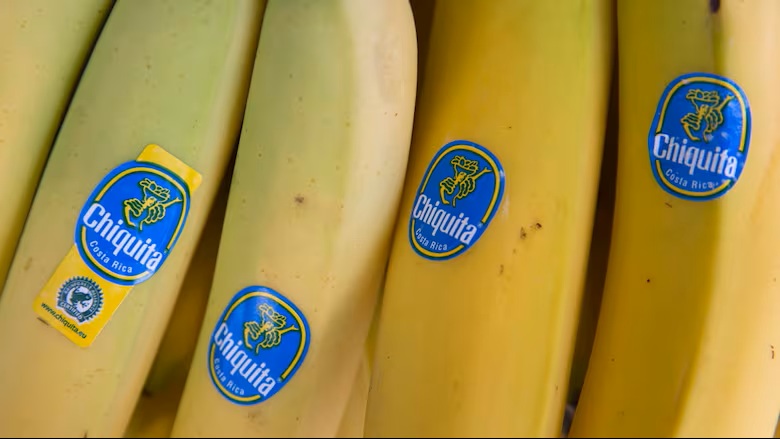A Hat for every Era: The Rich History of European Headwear

Introduction of European Headwear
Hats serve as remarkable vessels for stories throughout time. Tracing headwear from the ancient arenas of Greece to the modern streets of Europe, we can find headwear worn as an ornament reflecting wealth, culture, or even ones identity. As we unfold the story and development of European headwear, we will see how they adapted to the ebbs and flow of society. They will not only unveil how headwear shielded individuals from the hostile weather, but how they also functioned as status symbols that defined epochs and shaped generational fashion. So come along this textured journey and learn how European eras shaped civilization in their own way by placing an eloborate crown of culture and fashion on their heads. Europe, in all its diversity, and its headwear awaits for you. If you’re in the market for some inspo or seeking a custom hat supplier, you will not be the same after this ride!
Ancient Times: Hats in Greek and Roman Civilizations
Hats have not only been significant for fashion, but they have also held an aesthetic and protective aspect. The influence of Greek and Roman civilizations is depicted through the hats in ancient times. The petasos is a representation of Greece. It is a wide hat which works great for protection and having outdoor activities. It is a trademark for travelers and is well known among shepherds.
Alternately, the Romans took headwear to the next level of status and fashion. The toga was paired with several headpieces, including the pileus. This was a simple cap that marked freedom for former slaves.
Often, military commanders would don distinctive caps with crests marking their rank and distinction. These items of dress were not solely utilitarian; they also proclaimed strength.
Hats had additional usages for them in religious activities, demonstrating that they were not simply clothing items. They exhibited the social order and spiced up clothing in both societies—each item with its own timeless tale to tell.
Middle Ages: How Royalty Changed Headgear Fashion
During the middle ages, hats were more than plain adornments. They displayed the social status of the wearer and political power. Royalty initiated fads that spread to the rest of the population, this resulted in design uniformity all over Europe.
The pointed hood, or coif, was a staple among nobles. Its longer version was a symbol of superiority. Crowns adorned with jewels and other expensive materials also displayed the wealth of the wearer and were excessively decorated.
Covered caps adorned with feathers were a favorite of the gentry and knights. They were easy to notice and marked the wearer’s rank while adding individuality. The colors and materials chosen were also crucial in signaling a person’s status.
During this period, the flourishing trade not only enhanced the luxurious fabric accessibility but also hat-making. Craftsmen drew heavily upon the tastes and inspirations of decorations and shapes given by the royal patrons.
Consequently, the medieval society started using headwear to distinguish the different social classes.
Renaissance Era: The Rise of the Beret and Cap
The renaissance period witnessed a colorful change in the fashion world as it was the time for art and literature to soar. During this period, both men and women wear the beret and cap as some of the fundamental parts of their attire.
The beret was a new emblem of artistry. It was a staple accessory for both poets and painters as it exuded a degree of elegance. The soft wool or felt berets were constructed of, their decorative pins and feathers added a personal touch.
Caps also gained traction during this period. Einherently, the accessories were basic, but they started to transform into ornamental pieces featuring intricate designs. The high-status individuals wore caps encrusted with jewels or ornate patterns as a testament to their social status.
The accessories went far beyond headpieces to safeguard one from harsh weathers; now they displayed the cultural identity as well as the social rank of the wearers. ochr While Europe was advancing in Renaissance, it also became obsessed with headpieces that not only showcased artistry but also the unveiled ambition of the makers.
18th and 19th Century: The Apex of Popular Headwear
The 18th and 19th centuries are considered the golden age of upper-class headwear in Europe. These centuries bear witness to timeless exquisite headwear that was dominant in Europe and sheer extravagance was in full swing. These centuries bore witness to timeless headwear that was exquisite and meant to showcase extravagance.
‘Wigs’ or hatlike hairpieces made ofreal or synthetic hair that embellish the hair and are semi-permanent. Women also proportionately adorned with impressive hand-made verst earned themselves istic headpieces that were mainly wide-brim or collected to display her hairstyle and were meant to eclipse any gown while adorned with wide brims and decorated with detail aness.
The tricorn was another bold and flamboyant hat with three points crafted on the brims. They were boldly adorned by the bashers of the old regime and hence who also made them famous. Its boldness was also enjoyable to accept by many dissenters made its popularity widespread.
Bonnets were decorated with the highest and the most delicate fabrics that were further adorned with sophisticated paintings and were place on the head and always guarded to boost an efficient display of motto for every level of society.
The hat embodied artistry. Each piece hat bore bore witnessed deep-rooted identity. Embracing in arms the head and arms in arms were considered the to all the 19th and 18th centuries.
Modern Age: Hats and Contemporary Age
The evolution of the headwear started in the 20th century. They became obsolete and served no purpose. Nevertheless, a hat presaged the need for them. They started to serve as a herald of cultural evolution which as well was a hallmark of the century. Stories attached to socialization and personal emotions became a part of it.
In the 20th century, fedora-wearing gangsters had an aesthetic of sophistication. At the same time, the rise of counterculture progressive movements adapted the beanie and beret as a fashion statement to oppose the status quo.
The emergence of sports caps acted as symbols for team pride and they transcended to epitomize daily fashion all over the globe.
Fashion designers had begun to innovate and created new styles. With time, instead of being solely reserved for the runway, hats transformed into streetwear staples, allowing for an unprecedented level of creativity.
Hats have become an object of fascination for social media influencers as well. With a single post, they have the ability to popularize neglect styles over the course of a single night.
Observations of modern society put headwear and accessories into various categories while enabling self expression though fashion as well. Bespoke cap vendors have the ability to meet the requirements of any population and they have the ability to sculpt individual needs.
The Revival of Traditional Styles and Innovation
In contemporary society, headwear and accessories have become an object of fascination and have the ability to capture the interests of the populace. Traditional styles are making a return,however they are revised and tailored to modern societal standards.
Today, traditional hat-making skills and methods paired with modern resources and techniques have become an object of fascination and are celebrated all over the world. Bespoke cap vendors are employing innovative designs to provide their services to the population.
The sleek fedora hat, fusing elegant vintage styles with modern streetwear, paired with sleek fedoras, allows the beret to step away from the boundaries of art and rebellion to be on the runway.
Cultural fashion enthusiasts value this hybrid blend. It showcases cultural expression that enables personal expression and tells cultural stories.
Trends toward sustainable fashion impact choices in headwear as well. Responsible fashion shapes the design domain with sustainable materials for style and eco-conscious consumers.
Along with the evolution of styles, hats still greatly emphasize value during this age of individualism and creativity.
Conclusion
Hats in Europe have always served more than simply as decorative accessories; rather, they serve as reflections of history, culture and social changes over the eons. From laurel crowns of Ancient Greece to extravagant headpieces worn by Aristocrats; each hat tells its own tale.
Style evolution illustrates how hats have long served as markers of status or affiliation while providing individual expression. Berets became emblematic of artists and rebels during Renaissance Italy while tricornered hats signalled fashion’s increasing intersection with politics during 18th-century Britain.
Recently, however, we’ve witnessed an upsurge in traditional styles as well as modern innovations from custom hat suppliers. This mix allows individuals to stay true to their roots while taking part in contemporary trends.
As time marches on, one thing remains certain: headwear will change but retain the weight of its history and legacy. From classic fedoras to avant-garde designs, hats remain timeless statement pieces that span generations.





